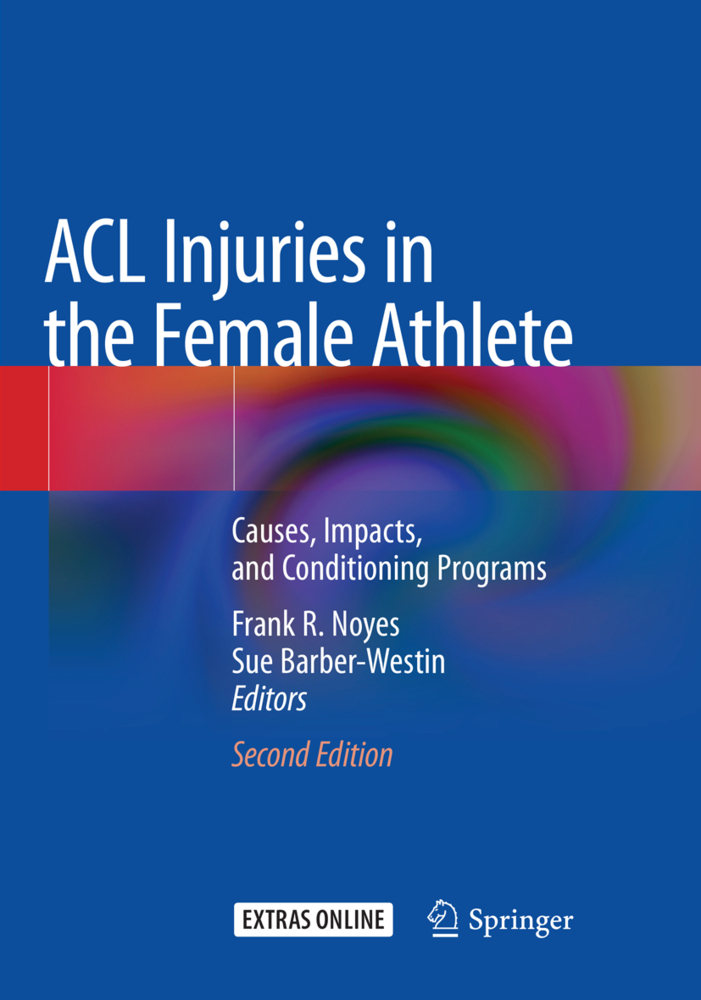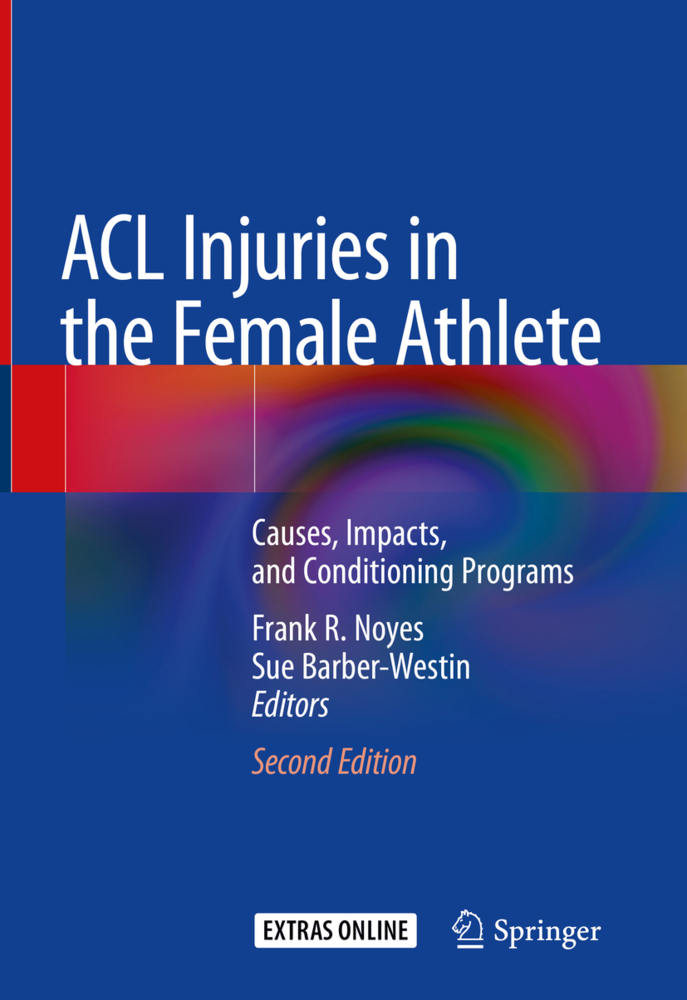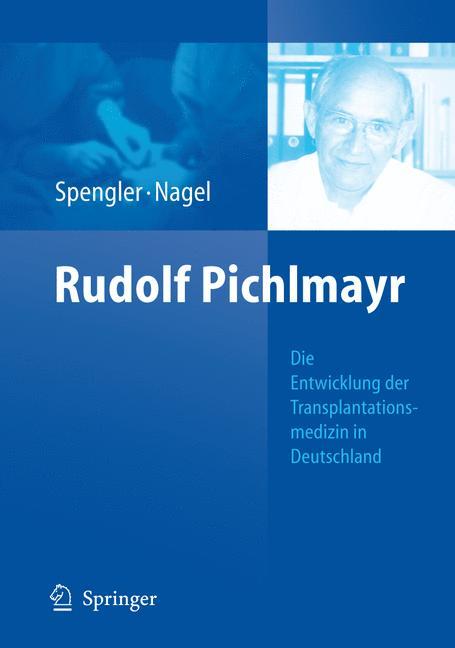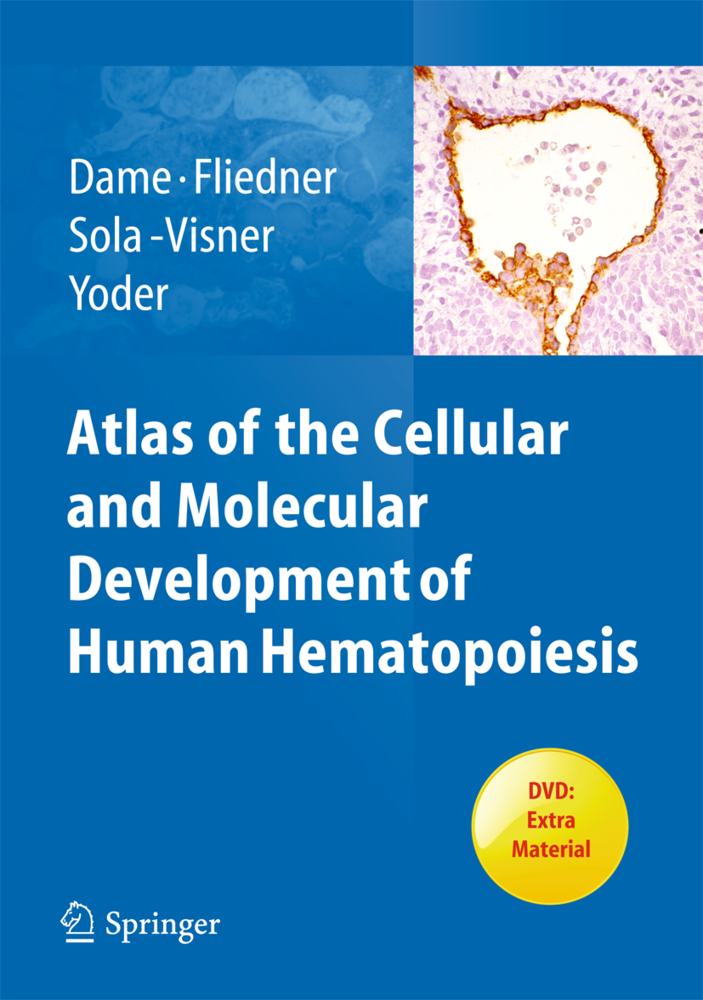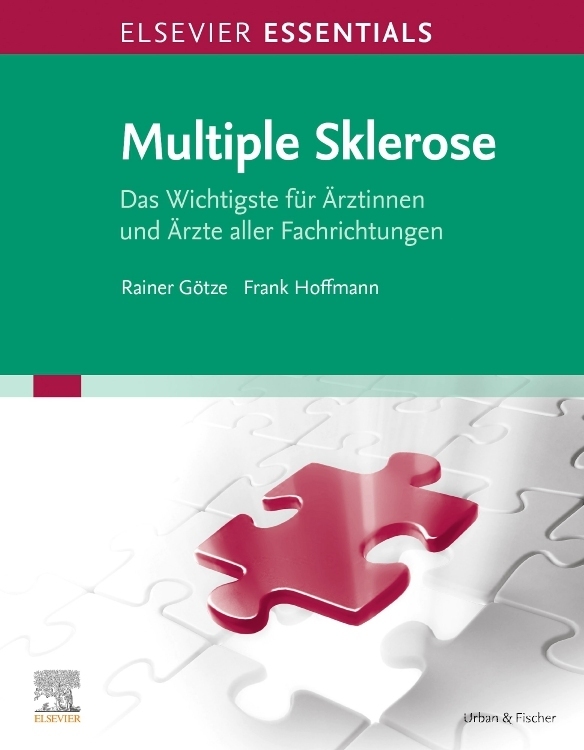ACL Injuries in the Female Athlete
ACL Injuries in the Female Athlete
This successful book, now in a revised and updated second edition, reviews all aspects of anterior cruciate ligament (ACL) injuries in female athletes, with the focus on complete, noncontact ACL injuries. The opening section discusses anatomy and biomechanics and explains the short- and long-term impacts of complete ACL ruptures, including long-term muscle dysfunction and joint arthritis. Risk factors and possible causes of the higher noncontact ACL injury rates in female athletes compared with male athletes are then discussed in depth. Detailed attention is devoted to neuromuscular training programs and their effectiveness in reducing noncontact ACL injury rates in female athletes, as well as to sports-specific ACL injury prevention and conditioning programs of proven value. Rehabilitation programs after ACL injury and reconstruction that reduce the risk of a future injury are explored, and the concluding section looks at worldwide implementation of neuromuscular ACL injury prevention training and future research directions. The book will be of value to orthopedic surgeons, physical therapists, athletic trainers, sports medicine primary care physicians, and strength and conditioning specialists.
The Impact of ACL Injuries: Short- and Long-Term Effects on the Knee Joint: The ACL: Anatomy, Biomechanics, Mechanisms of Injury, and the Gender Disparity: Consequences of Complete ACL Ruptures
Muscle Dysfunction after ACL Rupture and Reconstruction: Implications for Successful Recovery
Risks of Future Joint Arthritis and Reinjury after ACL Reconstruction. Proposed Risk Factors of Noncontact ACL Injuries: Analysis of Risk Factors for Noncontact ACL Injuries
Role of Shoe-Surface Interaction and Noncontact ACL Injuries
Gender Differences in Muscular Protection of the Knee
Neuromuscular Differences Between Men and Women
Effects of Alterations in Gait Mechanics on the Development of Osteoarthritis in the ACL-Deficient Knee
Role of the Foot and Ankle in ACL Noncontact Injuries
Analysis of Muscle Activation Patterns During Running, Cutting, and Jumping
Role of Core Stability in Preventing Noncontact ACL Injuries
Role of Hip Strength and Motion in Noncontact ACL Injuries
Recovery of Hip Muscle Strength after ACL Injury and Reconstruction: Implications for Reducing the Risk of Reinjury
Gender Differences in Core Strength and Lower Extremity Function During the Single-leg Squat Test
Gender Effect of Fatigue on Lower Extremity Kinematics and Kinetics During Athletic Tasks
Tools to Identify Female Athletes at Increased Risk for Noncontact ACL Injury
Testing for Neuromuscular Problems and Athletic Performance. ACL Injury Prevention Programs: Sportsmetrics ACL Intervention Training Program: Components, Results
Sports-Specific Programs for Soccer, Basketball, Volleyball, and Tennis
ACL Injury Prevention in Soccer: The Santa Monica Experience
ACL Injury Prevention Warm-up Programs
Effect of Intervention Programs on Reducing the Incidence of ACL Injuries, Improving Neuromuscular Deficiencies, and Enhancing Athletic Performance. Reducing the Risk of Reinjury After ACL Reconstruction: Analysis of Primary Variables That Increase theRisk of Reinjury After ACL Reconstruction
Rehabilitation After ACL Reconstruction
Restoration of Proprioception and Neuromuscular Control Following ACL Injury or Surgery
Functional Assessment of Neuromuscular Function Before Return to Sports After ACL Reconstruction
Role of Visual-Motor Training and Isokinetic Training and Testing After ACL Injury and Reconstruction. Future Directions: Promotion of ACL Intervention Training Worldwide
What We Know and Goals for Future Research.
Noyes, Frank R.
Barber-Westin, Sue
| ISBN | 978-3-662-58589-4 |
|---|---|
| Artikelnummer | 9783662585894 |
| Medientyp | Buch |
| Auflage | 2. Aufl. |
| Copyrightjahr | 2019 |
| Verlag | Springer, Berlin |
| Umfang | XIX, 666 Seiten |
| Abbildungen | XIX, 666 p. 271 illus., 241 illus. in color. |
| Sprache | Englisch |

